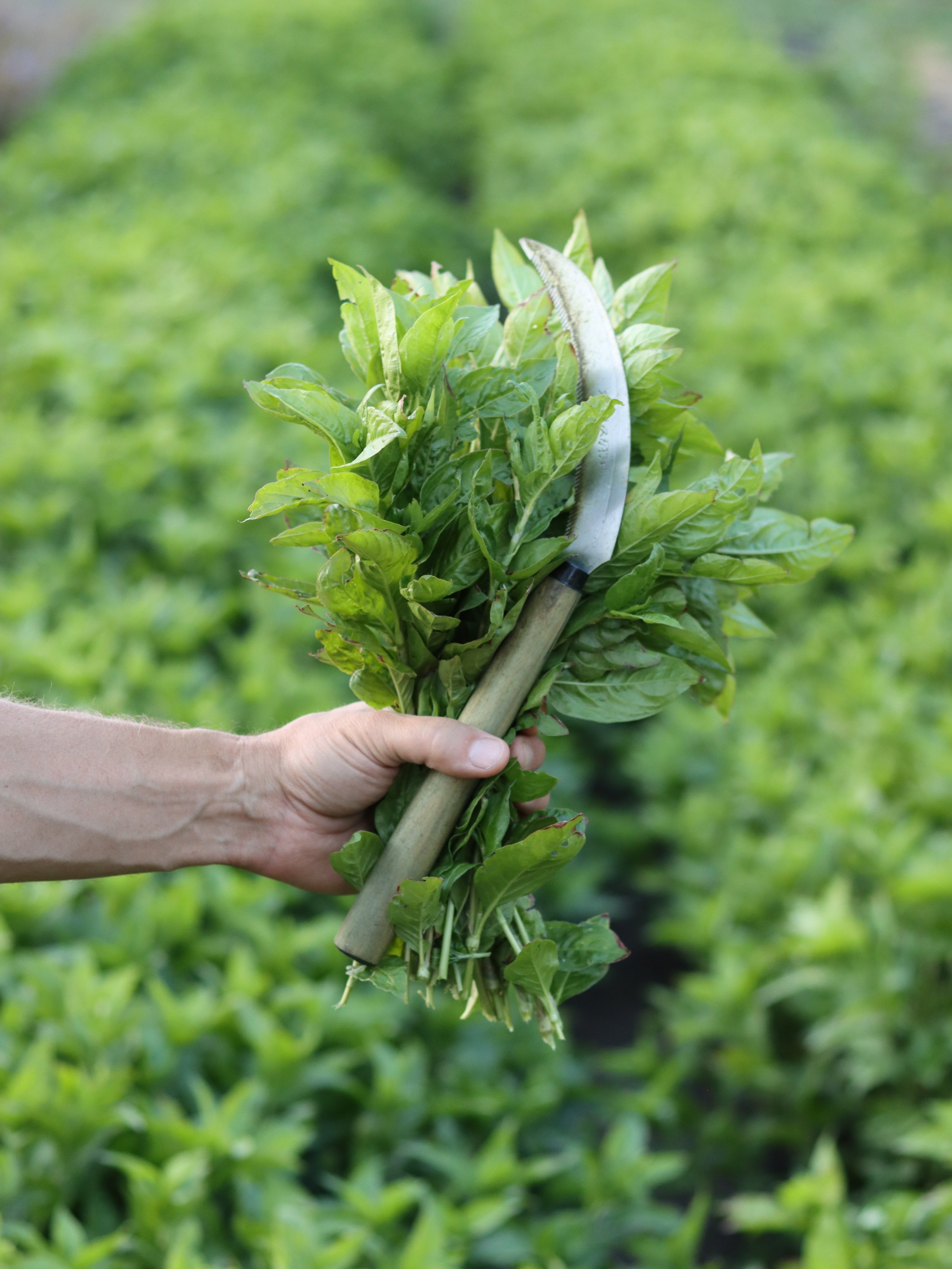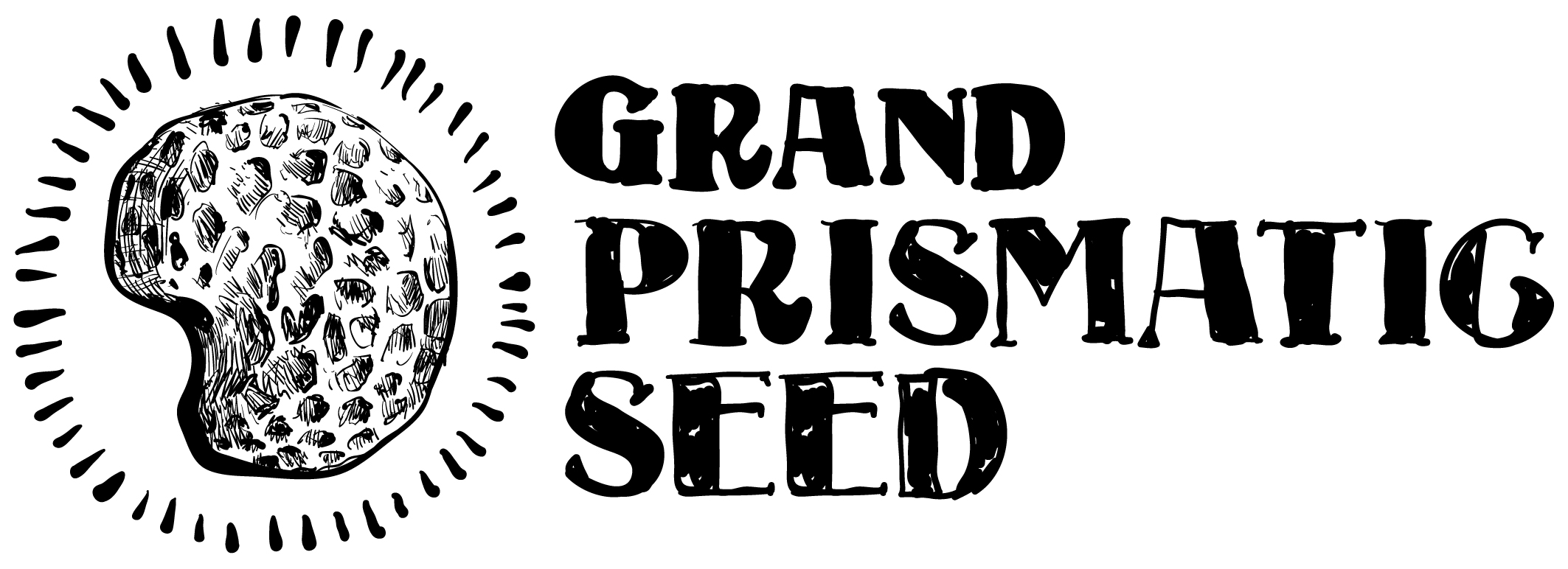Japanese Indigo






Japanese Indigo
Persicaria tinctoria
We’re thrilled to offer three distinct and exceptional varieties of Japanese indigo this year, each with its own unique characteristics.
Growing and dyeing with your own indigo is an incredibly satisfying experience. There’s something so magical about watching your dye project transition from a murky yellowish-green to a brilliant blue as it oxidizes right before your eyes. Experiment with these three varieties to discover which works best for your climate and growing conditions.
Grand Prismatic Japanese Indigo: Our Japanese indigo is a diverse mixture of pink and white flowered genetics. The plants have intermediate-to-long leaves, and are very robust and bushy. We’ve been actively improving this mix for eight years, selecting for traits that are better adapted to our cool springs and hot, dry summers.
Chijimiba Japanese Indigo: This uniform variety is more upright than other indigo varieties, and has dark-green, waxy leaves with a cute crinkle to the leaf margin. We’ve heard it referred to as “ripple-leaf” and “crinkle-leaf” indigo. It also has lovely pink flowers. The waxy leaves appear to help the plant tolerate hot weather, but they also require a higher minimum temperature for fermentation extraction, as they resist fermentation longer than other varieties.. For fresh leaf dyeing with chijimiba, Liz Spencer of @thedogwooddyer recommends soaking the leaves in cool water for a few ours to overnight for better extraction. We’ve had success with fresh leaf without soaking, but noticed to took longer than with other varieties. Our original seed stock for this variety came from Britt Boles of @seaspellfiber, who is a fantastic resource for all things indigo!
Maruba Japanese Indigo: This round-leaf variety is particularly prized for making sukumo (dried indigo leaves that are then fermented). It has the most brilliant pink flowers of any indigo variety we’ve grown (the flowers pictured are from Maruba), and could easily pass as an ornamental in the garden. We noticed it was a little more sensitive to our cool springs and hot summers than our GPS variety and chijimiba, but it still produced a beautiful crop in our area. Maruba would likely thrive in more temperate regions. We received our original seed stock from Marion of @kokoroindigoculture, who is a dyer and artist in Basque Country, Northern Spain.
Growing Instructions
Start seeds indoors by lightly covering them with soil, seeds buried too deep will not germinate. We recommend slightly over-seeding your flats, and then selecting for the most vigorous seedlings. Transplant your starts after danger of frost. We prefer 1’ spacing, but know many growers in more temperate areas that like to tighter spacing. After your plants become productive, you can cut and come again throughout the season!
The most common issues we see customers have with indigo are: planting seeds to deep, allowing flats to dry out during critical times, insufficient light for seedlings (which is the most common problem we see with any indoor grown seedling), and using heat mats which may put Japanese indigo seeds into a dormant state.
Resources for Dyeing
If you are new to dyeing with indigo, Fibershed has some incredible educational materials on their website, including this PDF: The Production of Indigo Dye from Plants (which is what we follow for aqueous pigment extraction).
If you want a quick and easy indigo project that doesn’t require any chemicals, fermenting, or reducing, fresh leaf indigo dyeing is a great gateway project, and Liz Spencer of The Dogwood Dyer has a great tutorial for this method found here.
We are also excited to be offering Inside Indigo from Julia Tabakhova of @naettla for anyone wanting a beautifully illustrated deep-dive into the science and magic of indigo.
Packet: 150 seeds
